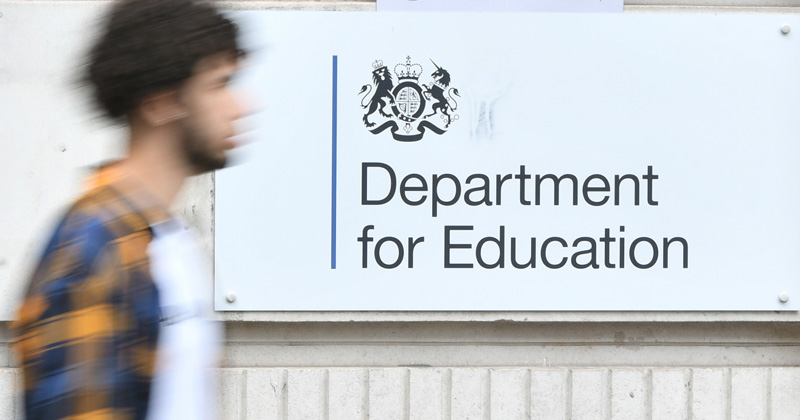The Department for Education’s announcement yesterday that schools affected by RAAC should close facilities has sent shockwaves through the sector. The timing of the announcement has been much criticised, giving schools very little chance to consider any alternatives – or the legal implications of both closing and remaining open.
Comparisons have been drawn with the various Covid lockdowns but this is very different, not least because it is not affecting all schools equally. The league tables make no distinction between a school that was blessed with good fortune during the year and one that might have had to struggle through one crisis after another.
Ultimately, the decision to shut down teaching spaces rests with academy trusts and governing bodies, not the DfE or indeed the local authority. However, the risk and consequences of any harm to children and staff clearly lies with the school.
Schools asked by the DfE to close blocks with RAAC but who don’t have any alternatives may be tempted to remain open but would need to think hard before they do. They must show that a full risk assessment has been carried out, that there is ongoing appropriate monitoring of any deterioration and that the school is taking all reasonable steps to avoid the foreseeable risk of harm (and loss of facilities).


